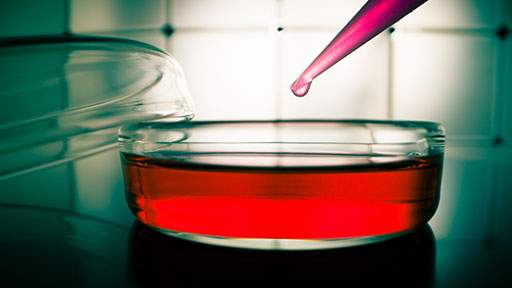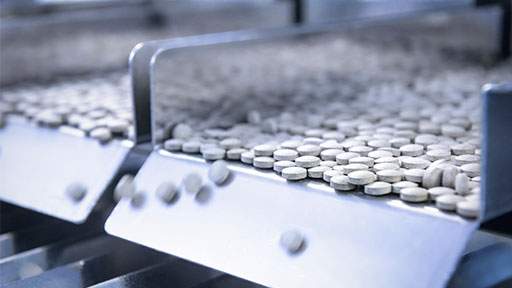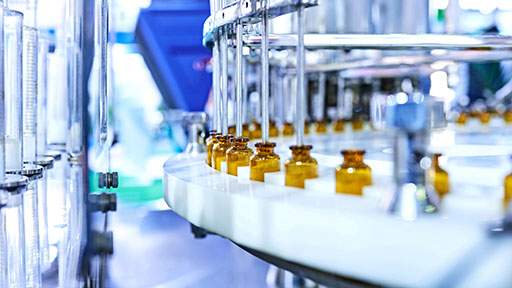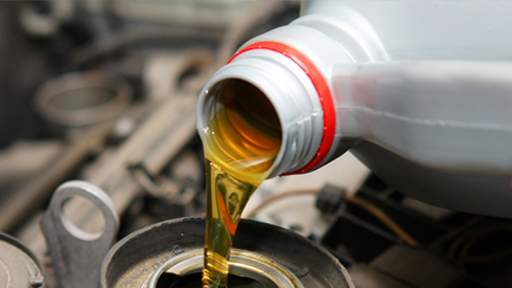Collapse

Elemental Impurities Testing
Elemental Impurities in drug products can arise from several sources, including interactions with processing equipment or container/closure systems, presence in the components of the drug product, or even intentionally through residual catalysts added in synthesis. However they got there, the levels of impurities need to be controlled or they can have a negative impact on your final drug product.
In developing controls for elemental impurities in drug products, the principles of quality risk management, described in ICH Q8 and Q9 guidelines, should be considered. The risk assessment should be based on scientific knowledge and is critical to your success.
The ICH Q3D guideline for finished drug products is divided into three parts:
-
- The evaluation of the toxicity data for potential elemental impurities
- The establishment of a permitted daily exposure (PDE) for each element of toxicological concern
- The application of a risk-based approach to control elemental impurities in drug products
That means you need the right techniques and tools to help you maintain compliance. From sample preparation and instrumentation to our comprehensive toolkit, we offer complete, integrated solutions to ensure your work fully adheres to the guidelines set out in USP <232>/<233> and ICH Q3D.
Contact usEXPLORE OUR RESOURCES AND ANALYTICAL SOLUTIONS
Collapse













